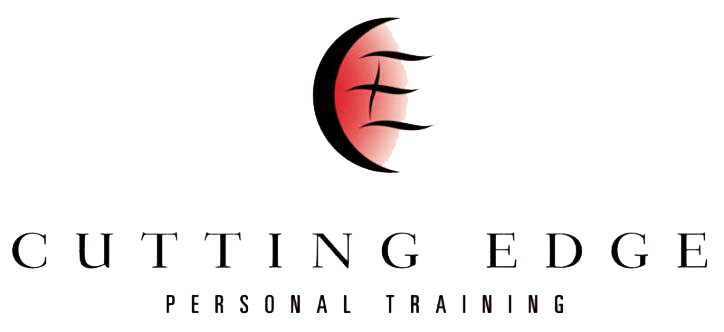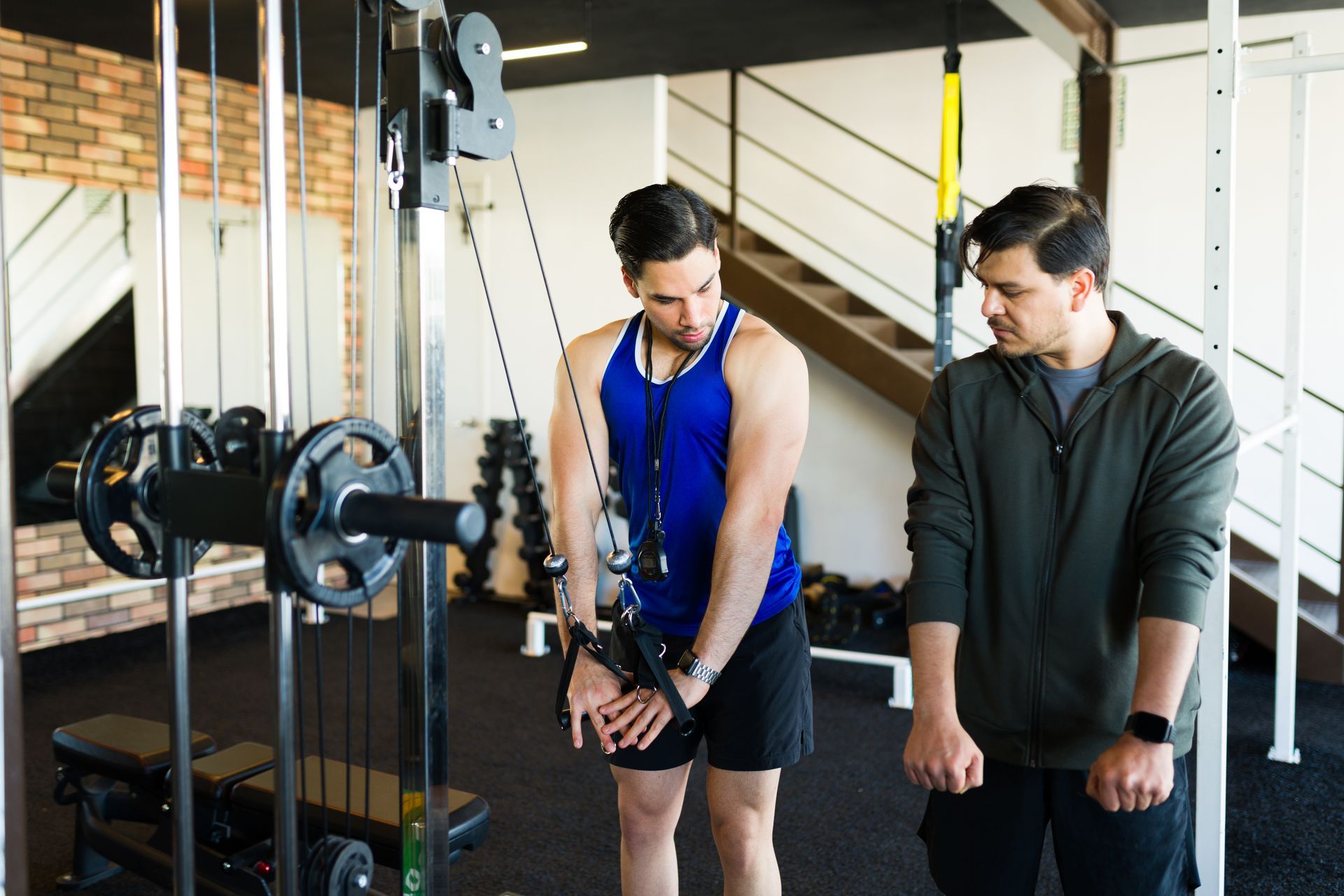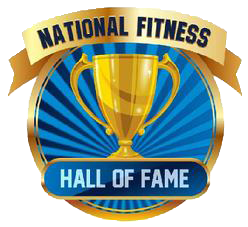March 4, 2022
What Does Healthy Eating Mean?
The Actual Definition Of Healthy Eating Patterns

Eating healthily is one of those concepts that seem to have a clear definition, but in reality is quite complex.
What one person considers healthy eating may not be the same as what another person considers healthy.
So, what does "healthy eating" mean? Is it possible to come up with a single definition that everyone can agree on?
Probably not, but we can take a look at some of the common components of healthy diets and see if there is anything we can all agree on.
The Human Needs
When thinking about a ‘healthy nutrition plan,’ it is important to give some context in the first place.
Think of your nutrition plan/habits as the thing that gives your body everything needed to sustain its weight and healthy functioning.
Healthy nutrition is supposed to help you:
1. Feel good
2. Perform well (physically/mentally)
3. Be in a good shape
4. Stay healthy!
From that perspective, we can say that ultimately, a good nutrition plan is like quality fuel for a car - It helps you keep performing at your best.
Certainly, the human body is much more complex than a car, but there is one basic fact we can all follow.
That is the fact that every human body requires a certain daily amount of energy to maintain its body weight and sustain the healthy functioning of internal processes.
This daily amount of energy comes from food sources (duh) and is measured in calories.
It is commonly known as the “Total daily energy expenditure (TDEE)” and depends on various individual factors.
Those factors are mainly:
1. Gender
2. Age
3. Height
4. Weight
5. Non-training activity
6. Training activity
7. Food consumption
This brings us to the first conclusion on the topic - One of the main components of a healthy diet is the AMOUNT of food it consists of!
Oh, and I must mention that each of the factors above has a complicated formula you can use to calculate your TDEE. But luckily, all those formulas are now packed into easy-to-use calculators that can give a highly accurate number.
One of my favorite calculators can be found by clicking HERE.
The Macronutrients
Alright, so you just learned that the amount of food you consume is detrimental to how well your body functions and recovers.
However, contrary to popular belief, healthy nutrition isn’t all about the number of calories, but also the CONTENT of those calories.
The caloric content of our ‘diets’ is built-up of what we refer to as “macronutrients”.
There are three main macronutrients that contribute to caloric content, and those are:
1. Protein (4 calories per gram)
2. Fats (9 calories per gram)
3. Carbohydrates (4 calories per gram)
Each of the macronutrients has a different function in the body, but a rule of thumb is to remember that the essential macronutrients are the first two - Protein and fats.
Think of the word ‘essential’ as “the body needs it for optimal functioning, but can’t produce it on its own.”
Protein and fats are essential for a variety of processes, including, but not limited to:
1. Recovery
2. Maintenance of lean body mass
3. Body temperature regulation
4. Hormonal regulation
5. Growth and maintenance
This is why it is of prime importance to focus on deriving these 2 in sufficient amounts daily.
Generally speaking, your daily protein should range from 0.8 to 1g per lb. of body weight, while fats should be set at about 0.35-0.45g per lb.
What About Carbs?
Okay, so if protein and fats are essential and carbs are not… Does that mean you should avoid them? Well…no.
Though non-essential, carbohydrates are the preferred energy source for the brain AND on top of that, are the best source of energy for high-intensity training activities.
This means that if you are an active trainee, you can feel free to fuel your workouts with quality carbohydrates after securing your protein and fat intake.
The Micronutrients
The human body is a complex machine that requires not only sufficient calories but also an array of vitamins and minerals to function properly.
A deficiency in any one of these essential nutrients can lead to a host of health problems.
That’s why it’s important for everyone to make sure they are getting enough vitamins and minerals in their diet.
You can do this by eating a variety of healthy foods, including fruits and vegetables.
However, if you are not a fan of plant products, you should consider multivitamin supplements and/or a greens supplement to fill in any gaps.
Food Quality
So far, we’ve learned that the amount of food & the macronutrient content are the two primary components of a healthy eating plan.
However, that’s not all there is to it.
The third most important factor is the quality of the food that shapes up that caloric intake.
When choosing your food products, you should consider the fact that the mass-production of certain foods leads to significantly worse quality.
For instance, the animals grown during the mass-production of animal products are fed unnaturally.
By unnaturally, I mean foods like corn and soy, which generally have a poor nutrient profile, which impacts the quality and nutrient profile of the meat and organs, as an end result.
That being said, when building up your nutrition plan and choosing the products, it would be wise to look for foods that are listed as organic, grass-fed and grass-finished, free range, pasture raised, and no antibiotics or hormones. You may want to take it one step further and focus on purchasing products from local farmers and small businesses rather than big chain grocery stores.
Final Thoughts
With so many different definitions of "healthy eating," it's easy to see how the confusion arises.
However, the basic principles of a healthy diet remain the same, regardless of who you are and what goals you have with your nutrition.
Those are:
1. The total amount of food
2. Total macronutrient & micronutrient content
3. Quality of food products
Focus on those, remain active, and your body will be thankful.





